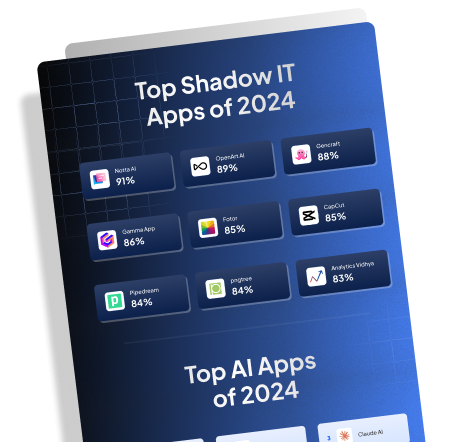Ever wondered why your IT budget vanishes faster than your morning coffee? When it comes to sourcing the tools and services necessary for your tech stack, understanding the difference between direct and indirect procurement can make a world of difference. It’s easy to get lost in the weeds of procurement, especially with IT needs growing more complex by the day. But don’t worry, we’re here to cut through the noise and bring some much-needed clarity to this often confusing topic.
Direct vs. Indirect Procurement
Direct procurement typically involves purchasing goods and services essential to your organization’s core offerings, while indirect procurement covers everything that supports day-to-day operations. Stay tuned as we break this down further. And if you’re looking to master Vendor Management, a helpful resource is available at Vendor Management. Let’s dive in and make sense of it all.
Both procurement methods aim to ensure smooth business operations by providing necessary IT resources. Nonetheless, the choice between direct and indirect procurement depends on an organization’s specific needs, resources, and strategic goals. Which approach should your organization take? Consider your need for control versus flexibility, as well as the importance of direct vendor relationships. These mental models can help guide your decision-making process.
Best Practices for Optimizing Direct and Indirect Procurement in IT
Choosing between direct and indirect procurement in IT can be a nuanced decision, but implementing best practices can help you maximize the benefits of whichever approach you opt for. Here are tactical steps to ensure you get the most value, efficiency, and functionality from your IT procurement strategy:
1. Conduct a Needs Assessment Before making any procurement decisions, conduct a comprehensive needs assessment. Identify the specific software, hardware, and services your organization requires. Determine your priorities in terms of performance, scalability, and support. This foundational step ensures you understand what you need before engaging vendors or resellers.
2. Evaluate Vendor Relationships For direct procurement, prioritize building strong, strategic relationships with vendors. Engage in open dialogue about your needs, which can lead to better-negotiated terms and more customized solutions. For example, close vendor relationships can result in priority support and exclusive insights into product roadmaps.
3. Leverage Reseller Expertise When engaging in indirect procurement, leverage the reseller’s expertise and broad industry insight. Resellers can offer valuable advice on product compatibility, bundle packages, and potential cost savings. Make sure to select resellers with a proven track record and relevant certifications to ensure reliability and quality.
4. Implement an IT Procurement Policy Whether procuring directly or indirectly, having a clear IT procurement policy can streamline the process. This policy should outline the criteria for vendor selection, approval processes, and procurement workflows. Standardizing these procedures minimizes risks and ensures consistency.
5. Use a Spend Management Platform (SMP) Adopting a robust Spend Management Platform (SMP) can dramatically enhance visibility and control over your procurement activities. SMPs like Torii can help you track spending, manage vendor contracts, and uncover inefficiencies. For more information, consider learning more about Torii by visiting toriihq.com.
6. Evaluate Total Cost of Ownership (TCO) Always evaluate the Total Cost of Ownership, not just the initial purchase price. This includes costs related to installation, maintenance, support, training, and potential downtime. Assessing TCO ensures you make informed decisions that will benefit your organization in the long term.
7. Maintain Flexibility In a rapidly changing technological landscape, maintaining flexibility is crucial. Direct procurement offers control, but it can also tie you to long-term commitments. Indirect procurement through resellers provides flexibility in scaling resources up or down as needed. Weigh these factors based on your organization’s growth plans and ability to adapt.
8. Regularly Review Vendor and Reseller Performance Establish key performance indicators (KPIs) to assess both vendors and resellers regularly. Metrics such as delivery times, service quality, cost-effectiveness, and customer support responsiveness should be reviewed periodically. This ensures ongoing alignment with your strategic goals.
9. Negotiate Comprehensive Service-Level Agreements (SLAs) For both direct and indirect procurement, negotiate SLAs that clearly define the performance metrics, support levels, and penalties for non-compliance. Comprehensive SLAs provide a safeguard against service interruptions and ensure accountability from your suppliers.
10. Foster Internal Collaboration Lastly, ensure there is close collaboration between your IT, procurement, and finance teams. Open communication and joint decision-making can lead to more informed and strategic procurement choices that benefit the entire organization.
By following these best practices, your organization can strategically navigate the complexities of IT procurement, whether you’re dealing directly with vendors or through intermediaries. Implementing these tactics will empower you to optimize your procurement processes, achieve better value, and support your organization’s long-term objectives.
